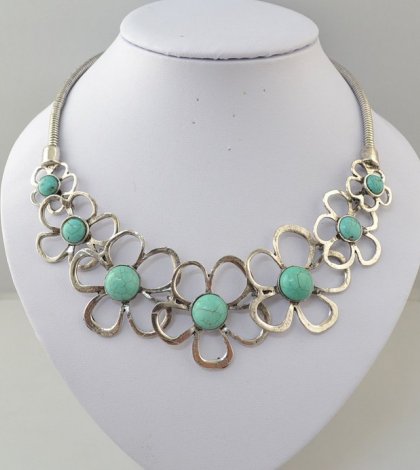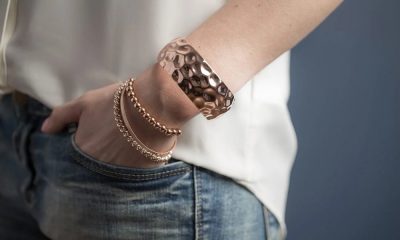Although are the terms “vintage jewelry” and “antique jewelry” often used interchangeably, they signify different concepts. For a piece of jewelry to be called antique, it must be at least a hundred year old. In Europe, the time requirement for a piece to be recognized as an antique is even longer than a mere hundred years. With time, a piece that is now considered “only” vintage, will become an antique!
Vintage jewelry is a piece that is younger than hundred years, but older than at least thirty years: today, the earliest period for vintage jewelry would be Art Nouveau. That would also mean that today, a piece of jewelry that was made in the 1980s is considered to be vintage – but not the one that was made in the 1990s. Since the term is so loosely defined and it depends heavily on style and make of the jewelry, the expression is too often either overused or used incorrectly.
Vintage reproductions are recently manufactured pieces of jewelry that were vintage-inspired. They have the look and feel of a vintage jewelry, but they command lower prices – and, of course, they’re not the real deal! When an artist uses vintage parts to create jewelry, the result is regarded as contemporary jewelry, and not vintage.
Estate jewelry is sometimes used as a synonym for antique and vintage jewelry. Estate jewelry can be both, and it usually is, but it may not be. The term simply stands for a piece that was previously owned (it may or may not be obtained at an estate sale). European estate jewelry is classified by a time period in which it was made: it can be Georgian, Victorian, Edwardian, Art Deco etc.
What about retro? Typically, a piece made between the 1940s and 1960s is referred to as retro or Art Moderne. This period is characterized by dramatic, glamorous, colorful, elaborate pieces. This often Hollywood-inspired jewelry includes large cocktail rings, big stones on pendants, bold bracelets (especially charm bracelets), bangles, necklaces and elegant watches. Earrings were made to sit close to the lobe. Doublets – two pieces of inexpensive jewelry attached to create an illusion of some more expensive gemstone – were popular. Many pieces were sizable and sparkly, featuring shades of gold and a range of gemstone hues. It was not rare for a piece to be made from artificial materials: Bakelite, a dense synthetic resin, was molded into jewelry that is nowadays collectors’ items.
















